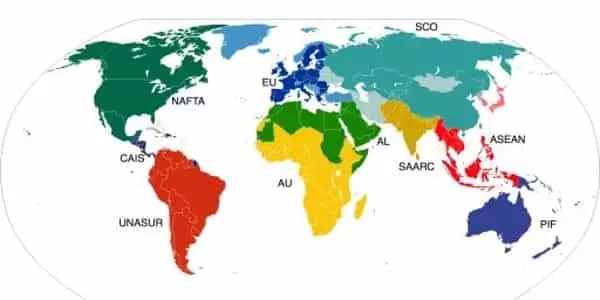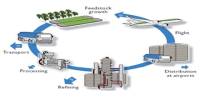Regional integration is a multifaceted process in which sovereign nation-states establish common political, legal, economic, and social institutions to govern collectively. It is a process in which neighboring countries reach an agreement to improve cooperation by establishing common institutions and rules. Typically, integration entails one or more written agreements outlining the specific areas of cooperation, as well as some coordinating bodies representing the countries involved.
The agreement’s objectives could range from economic to political to environmental, but it has typically taken the form of a political economy initiative in which commercial interests are prioritized in order to achieve broader socio-political and security goals as defined by national governments. This collaboration typically begins with economic integration and progresses to include political integration. Regional integration has been organized through either supranational institutional structures of intergovernmental decision-making or a combination of the two.
Regional integration is the process by which two or more nation-states agree to co-operate and work closely together to achieve peace, stability, and wealth.
Regional economic integration has allowed countries to focus on issues pertinent to their stage of development while also encouraging trade among neighbors. Previous efforts at regional integration have frequently focused on removing regional barriers to free trade, increasing the free movement of people, labor, goods, and capital across national borders, reducing the possibility of regional armed conflict (for example, through Confidence and Security-Building Measures), and adopting cohesive regional stances on policy issues such as the environment, climate change, and conflict resolution.

Regional integration is defined as the process by which independent national states “voluntarily mingle, merge, and mix with their neighbors in order to lose the factual attributes of sovereignty while acquiring new techniques for resolving conflicts among themselves.” It assists countries in overcoming barriers to the flow of goods, services, capital, people, and ideas. These divisions stifle economic growth, particularly in developing countries. The World Bank Group assists its client countries in promoting regional integration by establishing shared physical and institutional infrastructure.
Regional integration can be aided by shared physical and institutional infrastructure. Regional integration necessitates cooperation among countries in the following areas:
- Trade, investment, and domestic regulation;
- Transportation, ICT, and energy infrastructure;
- Macroeconomic and financial policy; and
- The provision of other common public goods (e.g. shared natural resources, security, education).
According to De Lombaerde and Van Langenhove, it is a worldwide phenomenon of territorial systems that increases interactions between their components and creates new forms of an organization while coexisting with traditional forms of state-led organization at the national level. Some academics define regional integration as the process by which states within a region increase their level of interaction on economic, security, political, or social and cultural issues.
















